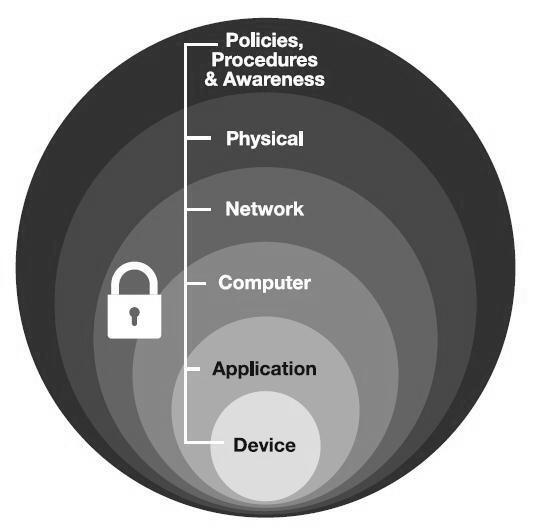Introduction
The Defence In Depth mental model is a concept that emphasizes the importance of employing layered strategies to enhance decision-making and mitigate risks. Anchored in human psychology, this model recognizes the value of multiple lines of defense and proactive measures in various aspects of life. Understanding and applying the Defence In Depth mental model can lead to more resilient and effective decision-making. In this blog post, we will explore the concept of Defence In Depth, its relevance, real-life examples, underlying biases, strategies for identification and avoidance, and the significance of active engagement with this mental framework.
Defining Defence In Depth and Its Relevance in Decision-Making
Defence In Depth is a concept borrowed from military strategy that involves establishing multiple layers of defense to protect against various threats. Applied to decision-making, this mental model encourages individuals and organizations to adopt a proactive approach by implementing multiple strategies and safeguards to address potential risks and maximize the likelihood of success.
This mental model is highly relevant in decision-making as it helps identify vulnerabilities, anticipate potential pitfalls, and provides a systematic framework to mitigate risks. By employing Defence In Depth, individuals can enhance their ability to navigate complex situations, make more informed choices, and achieve desired outcomes.
Occurrence of Defence In Depth in Various Contexts
Personal Life Decisions:
Consider an individual making a significant life decision, such as choosing a career path. By employing Defence In Depth, they would engage in thorough research, seek advice from trusted mentors, conduct informational interviews, and weigh the pros and cons of different options. By considering multiple perspectives and gathering comprehensive information, they enhance the robustness of their decision-making process.
Business Scenarios:
In business, organizations apply the Defence In Depth approach to risk management. For example, a company might implement cybersecurity measures such as firewalls, encryption, regular data backups, and employee training to protect against cyber threats. By employing multiple layers of defense, organizations can reduce the likelihood and impact of security breaches, safeguarding their assets and reputation.
Public Policy-Making:
Governments often employ Defence In Depth in public policy-making. For instance, in disaster management, they implement a multi-layered approach involving prevention, preparedness, response, and recovery. By addressing potential risks through measures such as building codes, early warning systems, emergency response training, and community resilience programs, governments can mitigate the impact of disasters and protect their citizens.
Mental Biases and Underpinnings
Several mental biases contribute to the need for Defence In Depth:
Overconfidence Bias: Overconfidence can lead individuals to underestimate risks and overestimate their ability to handle potential challenges. Defence In Depth serves as a countermeasure by encouraging individuals to adopt a more cautious and comprehensive approach to decision-making.
Availability Bias: The availability bias leads individuals to rely on information that is readily available or easily recalled, often overlooking less accessible or less memorable information. Defence In Depth encourages individuals to seek diverse sources of information and consider multiple perspectives to avoid relying solely on easily available data.
Identifying and Mitigating the Defence In Depth Fallacy
To avoid falling into the Defence In Depth fallacy, individuals can employ the following strategies:
Conduct Comprehensive Risk Assessment: Start by identifying potential risks and vulnerabilities in the decision-making process. Consider both internal and external factors that could impact the desired outcomes. This helps establish a foundation for implementing layered strategies.
Diversify Information Sources: Seek information from a variety of sources, including experts, research studies, and alternative viewpoints. This helps avoid reliance on a single perspective and allows for a more comprehensive understanding of the situation.
Consider Multiple Scenarios: Engage in scenario planning by envisioning different possible outcomes and their associated risks. By considering various scenarios, individuals can anticipate challenges and develop contingency plans to address them effectively.
Build Redundancy and Resilience: Establish backup plans and alternative strategies to mitigate potential risks. This ensures that if one line of defense fails, there are additional measures in place to maintain stability and achieve desired outcomes.
Conclusion
The Defence In Depth mental model provides a strategic framework for decision-making by emphasizing the importance of layered strategies, proactive measures, and risk mitigation. By identifying vulnerabilities, diversifying information sources, and considering multiple scenarios, individuals can navigate complex situations with resilience and achieve more successful outcomes. By actively engaging with this mental model, individuals can enhance their decision-making processes and avoid the pitfalls of overconfidence and availability bias. Embrace the concept of Defence In Depth, and empower yourself to make more robust and informed decisions.
